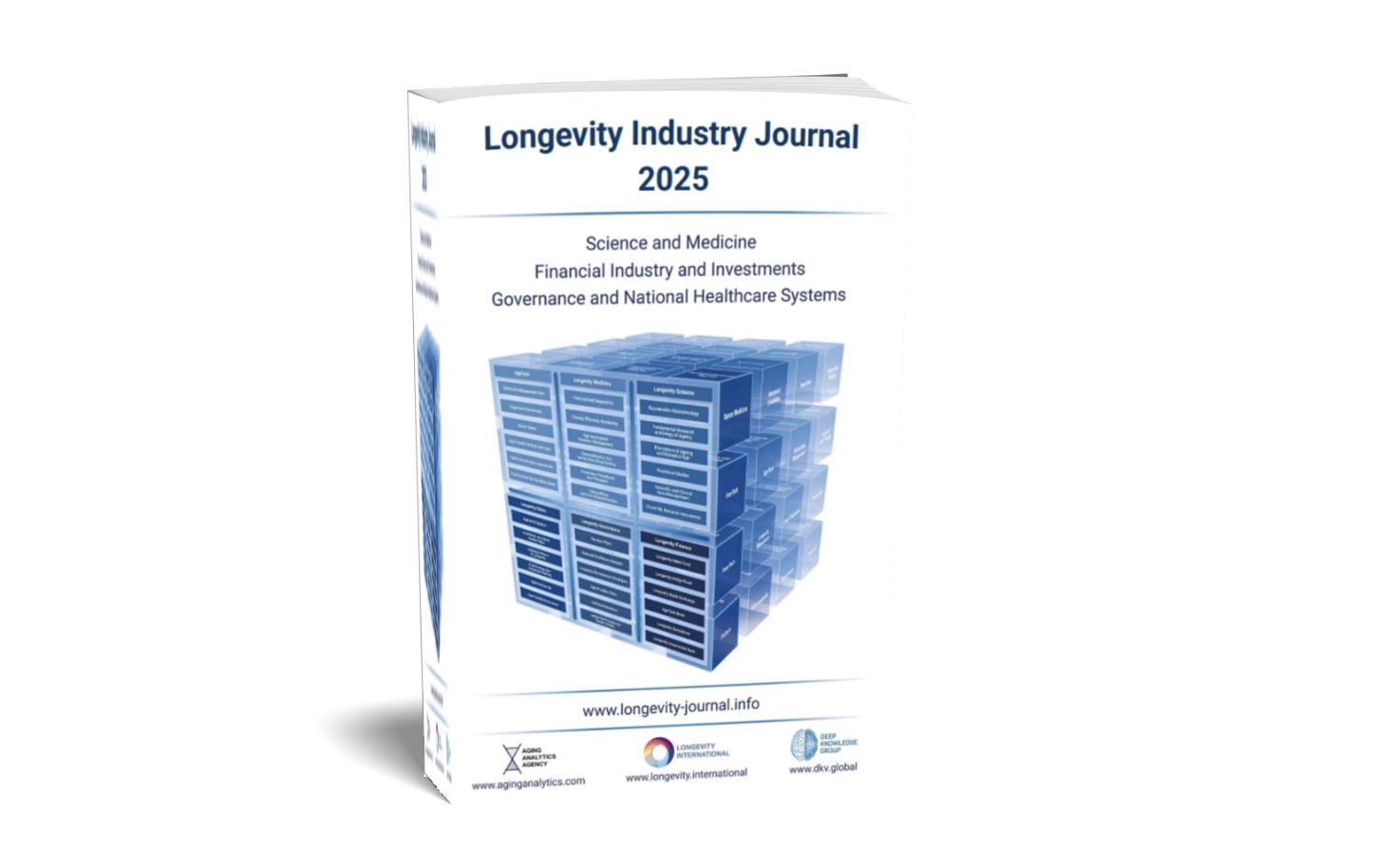- Longevity Journal

- Sep 24
- 4 min read
The longevity industry is rapidly evolving, driven by breakthrough technologies, and at the heart of this revolution lies AI and data science. These technologies are transforming the way we understand aging, accelerate drug discovery, identify biomarkers, and predict future longevity trends. With AI increasingly integrated into Longevity R&D, we’re entering an era where precision medicine and predictive tools are poised to extend human lifespan and healthspan beyond previous limits.

AI in Drug Discovery and Biomarker Identification
AI's role in drug discovery has been a game-changer for longevity research. Traditionally, finding new drugs to combat age-related diseases took years of trial and error. Today, AI systems can analyze massive datasets to identify promising molecules in a fraction of the time. AI-driven systems streamline the discovery of small molecules and biologics by using predictive modeling, data analytics, and machine learning to suggest new drug targets and improve clinical trial outcomes.
In parallel, AI-powered biomarker identification has become pivotal in predictive diagnostics and personalized treatments. Biomarkers are biological indicators of aging, and by leveraging vast amounts of health data, AI is speeding up the process of identifying and validating these biomarkers. This is crucial in developing tools that monitor aging at the molecular level and predict an individual’s risk of age-related diseases, allowing for early intervention and preventative care.
AI-Powered Aging Clocks and Predictive Tools
Perhaps the most revolutionary AI development in longevity science is the advent of AI-powered aging clocks. These innovative tools use machine learning to analyze various biomarkers and accurately predict an individual’s biological age. By assessing factors like DNA methylation, telomere length, and other genetic and epigenetic markers, these aging clocks can offer a snapshot of how an individual’s body is aging, irrespective of their chronological age.
In addition to these clocks, predictive tools for longevity are emerging as vital components in healthcare. AI is helping to forecast not only how long someone may live but also how healthy their life will be. This has enormous implications for healthspan, particularly when it comes to AI-driven decision support systems that help clinicians personalize treatment plans based on individual aging profiles.
The Role of Big Data and Analytics in Longevity Research
AI’s capacity to process and analyze big data has revolutionized the way longevity trends are forecasted. With the vast amount of data generated by clinical trials, genomic studies, and biomedical research, AI algorithms can sift through this information to uncover patterns and insights that would be nearly impossible for human researchers to detect. These data-driven insights are invaluable in forecasting trends in the longevity space, such as identifying emerging health risks and predicting future breakthroughs in treatment.
Moreover, AI tools like Deep Knowledge Group’s Longevity Industry Dashboards are increasingly being used by investors, healthcare professionals, and policymakers to visualize and predict where the next big opportunities in the longevity sector will emerge. By analyzing trends across multiple sectors, from biotech to AgeTech, these tools are enabling stakeholders to make more informed, data-backed decisions about where to allocate resources, both in funding and innovation.
AI-Driven Investment Analytics: Shaping the Future of Longevity
One of the key areas where AI and data science are making an impact is in investment analytics. The Longevity Industry is becoming a multi-trillion-dollar market, and AI is essential in identifying and assessing emerging opportunities within this complex ecosystem. Through predictive algorithms and data analytics, AI tools help investors and business leaders identify undervalued assets, forecast the commercial potential of emerging technologies, and optimize their portfolios based on Longevity sector growth.
By integrating AI into the investment decision-making process, stakeholders are able to access real-time data, visualize trends, and forecast future growth areas with unprecedented precision. This is particularly important as industries like AI R&D Pharma and Regenerative Medicine continue to expand at a rapid pace, and investors seek to understand where their capital can make the most impact.
The Future of AI in Longevity: Expanding Boundaries
As AI and data science continue to evolve, the future holds even more promise for the Longevity Industry. We can expect AI to play a critical role in aging research, from discovering new drug treatments and personalized health interventions to accelerating breakthroughs in areas like neurodegenerative disease and regenerative medicine.
The next frontier is likely to see AI-driven cross-disciplinary innovations, where deep learning techniques can identify connections between genetics, environment, and lifestyle in shaping healthspan. Additionally, AI’s role in optimizing clinical trials—from participant selection to real-time monitoring—will continue to accelerate the pace at which life-saving therapies are brought to market.
The AI-Powered Longevity Revolution
The Longevity Industry is on the brink of an AI-powered revolution. From predictive aging clocks to drug discovery, AI and data science are transforming every aspect of how we understand and approach longevity. As these technologies continue to mature, we are likely to witness profound changes in both human lifespan and healthspan—ushering in a new era where longevity is not just about living longer but living better.
Stay tuned for the next article in our series, where we’ll explore how AI is transforming the future of drug development in the Longevity sector.
Or meanwhile order your copy of Longevity Industry Journal 2025 at: www.longevity-journal.info/2025
Comments